My DIL Excluded Me From Our Family Trip Photos—But She Didn’t Expect My Revenge

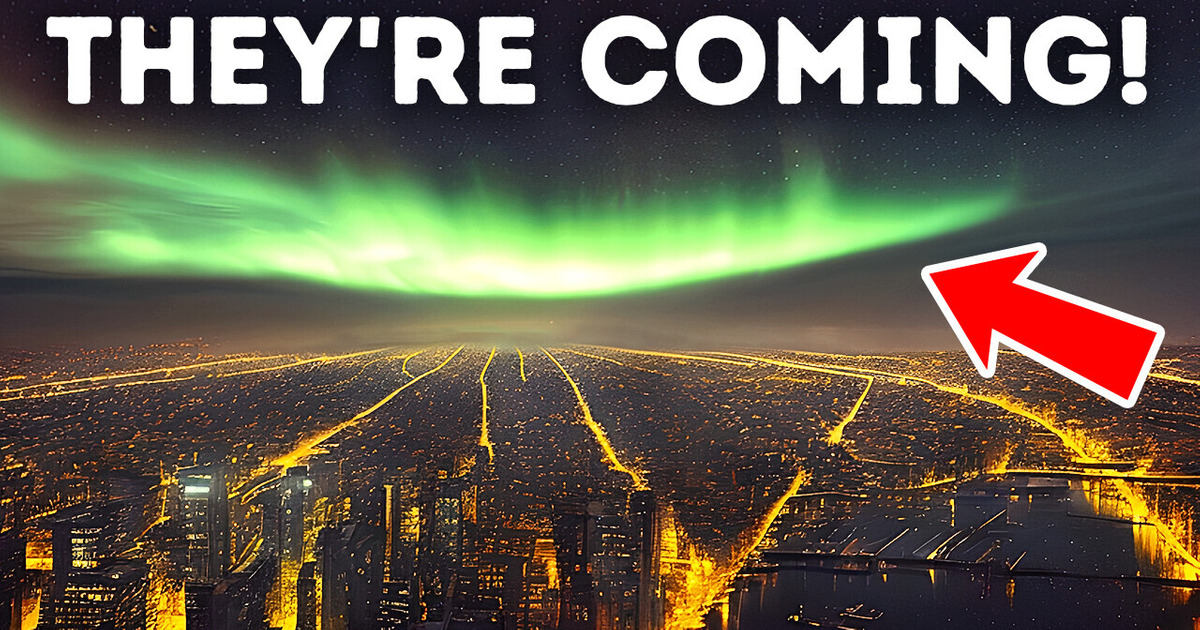
Bright, colorful flashes of pink and green light up the night sky. You’re watching it from your backyard in Pennsylvania. That’s not something you’re used to, but it’s very likely to happen more often in the near future as the northern lights are shifting south! Northern lights, or auroras, appear as a result of solar storms.
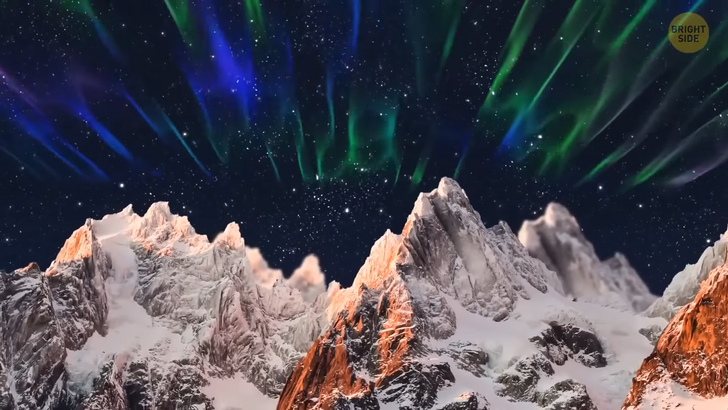
The Sun is a huge ball of molten gases that are constantly moving, so such storms aren’t rare. Our star produces a huge amount of energy that goes our way. It travels as electrical charges at the speed of about three million miles per hour. When all those tiny particles from the Sun reach Earth’s atmosphere, they give some of the energy to atoms and molecules in its upper layer. The atoms and molecules can’t hold it and give it off as light.
You can see it as spectacular auroras around the magnetic poles of the northern and southern hemispheres. If you were watching them from space, they’d look like large ovals. The brightness, colors, and shapes auroras take depend on the altitude where the lights are formed and what particles take part in the process. In the Northern Hemisphere, locations like Alaska, Canada, and much of Scandinavia normally get to see the brightest lights.
The biggest solar storm ever was recorded in 1859. It was so powerful that northern lights were spotted in Cuba and Honolulu, and southern lights were seen as far up as Santiago, Chile. In latitudes like that of New York, people were able to read newspapers in the dark under those northern lights alone. If something similar happened today, it would have caused $1-2 trillion in damage. With solar activity and pressure from the solar winds increasing, the aurora belt’s borders are currently shifting south.
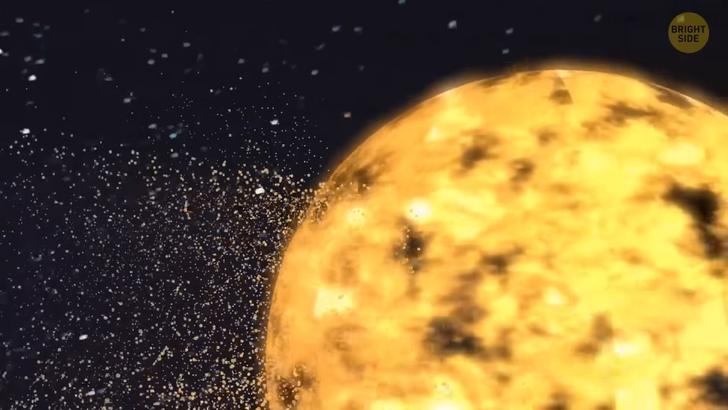
Solar activity goes in cycles, each of them 11 years long. We’re now in Solar Cycle 25, which started in December 2019 and will reach its maximum strength between November 2024 and March 2026. So, geomagnetic storms will become stronger and probably even reach G5 level. Those levels are their strength ratings. For you to see the northern lights south of the Great Lakes, a storm must be rated at least G3. G5 storms will be able to produce auroras that will even reach Florida!
In case you don’t want to wait for the Sun activity to peak in 2025, head North if you’re in the Northern Hemisphere or South if you’re in the Southern Hemisphere. Auroras down there are known as the southern lights or aurora australis. It doesn’t have to be cold for you to see the northern lights; it just has to be dark. Auroras are active throughout the year. You can’t see them from April to August in the northernmost parts of the world because it’s light 24/7.
It’s also important that there isn’t any precipitation or clouds in the sky — those will block your view. Light pollution won’t help, either, so move away from any cities. Try to get to an elevation to maximize your chances of spotting the lights. They can appear in a whole variety of colors, including white-gray. The green-yellow part you most likely imagine while thinking of the lights is just the easiest to spot with an unaided human eye. Sometimes you might not see the lights at all, but your camera will still catch them.
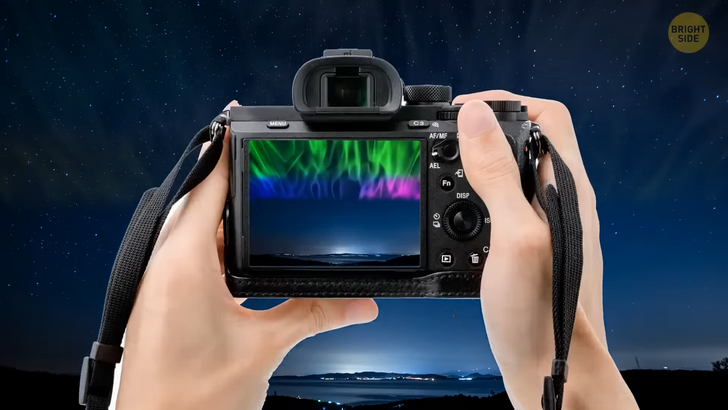
They might seem dangerously close to Earth, but the closest the Northern lights ever get to us is 50 miles! For comparison, planes normally fly at around 6 miles above the surface, and that already seems like a lot. The distance from Earth defines the color of the auroras. When atoms giving us this spectacular show collide closer to Earth, you can see blues and violets in the sky. Green and red auroras are born further away from our planet.
Earth isn’t the only planet to have the northern lights. Jupiter and Saturn both have strong magnetic fields, and scientists spotted auroras up there using the Hubble Space Telescope and the Cassini and Galileo spacecraft. It looks like Saturn’s auroras are also caused by solar winds, but it’s not so clear about Jupiter.
Despite what you can often see online, the northern lights aren’t going to disappear altogether. Once the Sun passes its activity peak and becomes less active, both the northern and the southern lights will happen less frequently but will still be gorgeous. Another beautiful rare phenomenon is called the Green Flash. It happens shortly after sunset or before sunrise when the Sun is almost entirely below the horizon, and the Earth’s atmosphere bends and scatters light from it.
People mostly spot it over the ocean. It can also be yellow, blue, or purple. About once a year, you can spot a rare firenado in the US. Fire tornadoes start when a strong wind picks up heat from a fire. They are made up of flame or ash. They are different from regular tornadoes because they don’t start from cyclones. Firenadoes are about as tall as The Leaning Tower of Pisa.
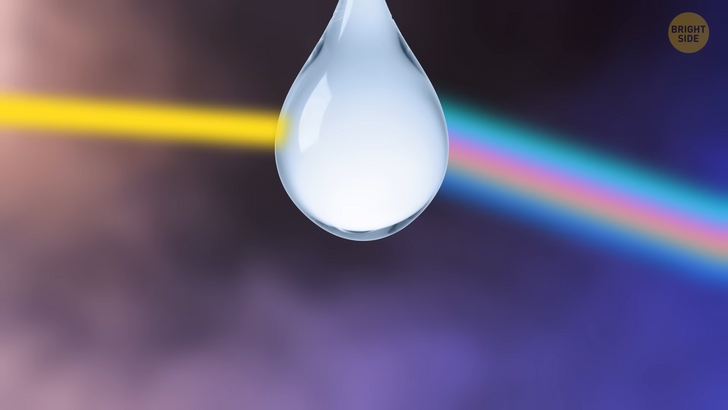
Unlike firenadoes, fire rainbows or rainbow clouds don’t cause any damage at all as they don’t have to do anything with fire. You can only see them when the Sun is very high in the sky and its light is passing through ice clouds, so they’re pretty rare. The rainbow halos are just as unique. Again, it takes a specific type of ice crystals in clouds for the surface of the Earth to bend light from the Sun into a perfect ring.
The same thing can happen with moonlight. The only difference will be that Moon halos are usually white, and Sun halos can be rainbow-colored. A white rainbow is another rare illusion, this time created by fog and water. Like a usual rainbow, it’s formed when light is shining through droplets of water. It loses color because fog droplets are hundreds of times smaller than those of rain. A white rainbow is sometimes mistaken for a moonbow. You can spot this one at nighttime as the Moon illuminates it. That’s why it’s not so bright.
If you ever see an upside-down rainbow in the sky, that’s a circumzenithal arc. It’s not really a rainbow, but a kind of a halo, like those around the Sun or the Moon. This optical phenomenon is caused by ice crystals in the upper atmosphere. You have the best chance to see a circumzenithal arc when the Sun is rather low in the sky. It happens super rarely, but it can rain without a single cloud in the sky! It is sometimes called a “sun shower” because it looks like the rain is falling straight from the Sun.
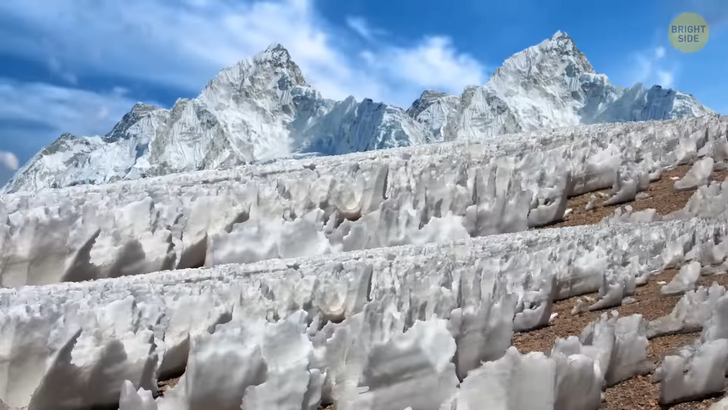
In reality, rain clouds are at a distance from that specific location. With Sun rays being angled, the clouds become out of sight. Then, it takes just a little wind to blow the rain in your direction. If you ever travel to regions with high altitudes, you might see something called penitentes. Those ice spikes form only in a really cold and elevated environment, where the air is dry.
The sunlight turns ice directly into vapor instead of melting it into water. And that’s why these blades of snow and ice up to 15 feet tall start to pop up on the surface of the Earth. One of the rarest types of clouds is lenticular clouds that look like giant mountain hats. They are formed when moist air travels over a mountain or a mountain range and gets into an area of turbulence.
Volcanoes can produce bolts of lightning! They are formed in columns of volcanic ash through friction and static electricity to connect the positively and negatively charged particles. To understand how it works, you can rub a balloon across your hair or your feet across a carpet and then touch a metal doorknob.
Once a year, just for a few moments, a waterfall in Yosemite turns into a Firefall. In winter and early spring, two streams flow down El Capitan mountain. In perfect conditions in February, when the Sun is hiding behind the horizon, it gets in the right position to reflect off the wall and color the water into fiery orange.











